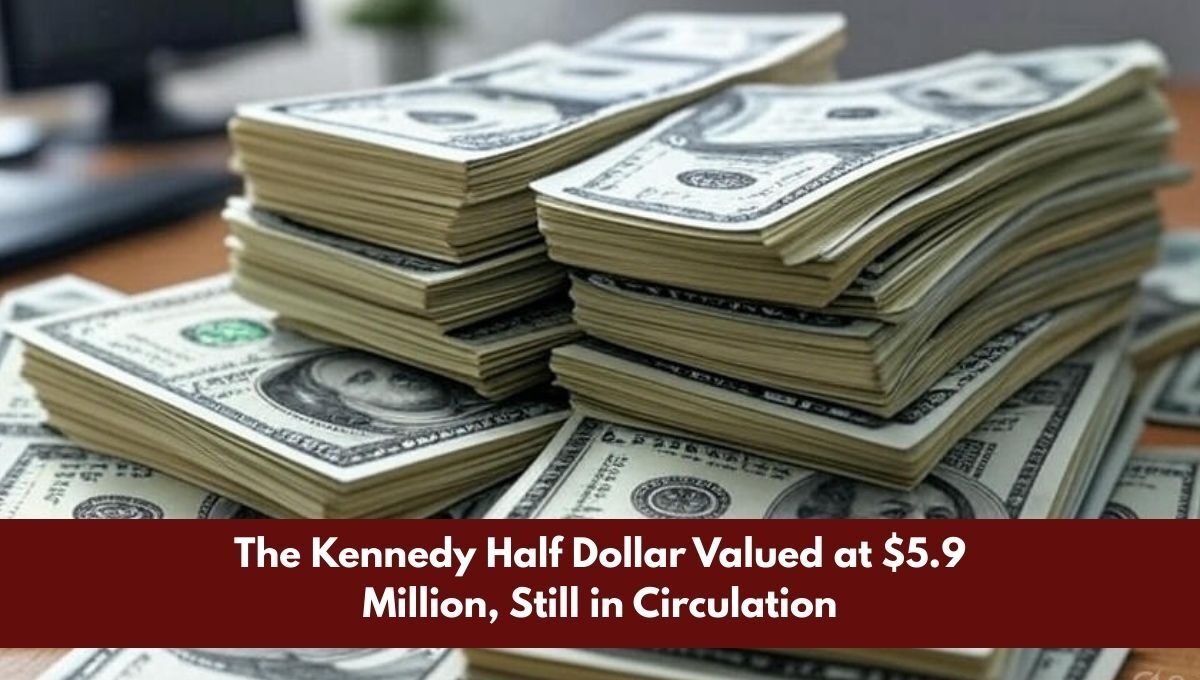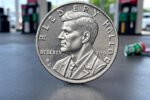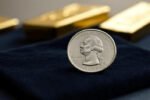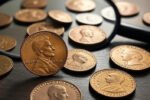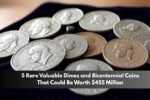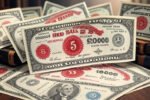Ever thought you might be walking around with a fortune in your pocket? It sounds crazy, right? But sometimes, rare coins still make their way into everyday pockets, and one such coin is the legendary Kennedy Half Dollar—with one version recently valued at a jaw-dropping $5.9 million!
What Is the Kennedy Half Dollar?
The Kennedy Half Dollar is a fifty-cent coin first made in 1964. It was introduced shortly after the assassination of President John F. Kennedy in 1963, as a way to honor his memory. People were emotional about it, and many chose to keep these coins as keepsakes instead of spending them.
The coin shows JFK’s face on one side and the presidential seal (an eagle with a shield) on the other. Over the years, the materials used in the coin changed—starting from 90% silver in 1964 to a mix of copper and nickel later on. Still, many people enjoy collecting them because of their design and meaning.
The $5.9 Million Kennedy Half Dollar
Now, let’s talk about the big one. One very special Kennedy Half Dollar has been valued at $5.9 million. Yes, million—not a typo!
So, what makes this coin worth more than a luxury home? It all comes down to rarity, condition, and history. This particular coin is believed to be a 1964 Kennedy Half Dollar Special Strike, which means it was not made like regular coins. It was struck using specially polished dies, giving it a cleaner, shinier look.
But that’s not all. It’s also almost perfect in condition—graded near the top by coin experts. That kind of flawless detail is super rare. Add in the emotional value from being the first year of the Kennedy coin, and you’ve got something collectors will pay big bucks for.
Why Is It Still in Circulation?
Here’s the twist—some of these rare coins could still be in circulation. Over the years, people inherited coin collections and unknowingly spent rare coins during shopping. That’s how coins like this can slip back into the system.
You could actually get one in your change at a store, bank, or even a garage sale! Most people don’t look twice at a half dollar, so rare ones often go unnoticed.
How Can You Tell If You Have a Valuable Kennedy Half Dollar?
Wondering if you’ve got one of these hidden gems? Start by checking the year. The most valuable Kennedy coins are usually from 1964. But not all 1964 coins are rare—look for these signs:
- Shiny, mirror-like finish (that could mean it’s a special strike)
- No signs of wear or scratches
- Thick, heavy feel (1964 coins are made of silver)
- Mint mark under Kennedy’s neck on the front (check if it’s a “D” for Denver or “P” for Philadelphia)
Still not sure? Take it to a coin dealer or have it graded by a professional service. That’s how the $5.9 million coin got noticed in the first place!
Why Do People Love Collecting Kennedy Half Dollars?
Coin collecting isn’t just for old folks and history buffs anymore. It’s like modern-day treasure hunting! And Kennedy Half Dollars are especially loved because they’re tied to American history, honor a beloved president, and still have surprises like the $5.9 million one.
Conclusion
The idea that a coin worth nearly six million dollars could still be floating around in everyday change is enough to make anyone check their piggy bank! The Kennedy Half Dollar is more than just a coin—it’s a piece of American history, and sometimes, a life-changing treasure. So next time you get a half dollar in change, don’t just toss it aside. Take a closer look. You never know—you could be holding something priceless.
FAQs
What year is the $5.9 million Kennedy Half Dollar from?
It’s from 1964, the first year the Kennedy Half Dollar was made.
How do I know if my Kennedy Half Dollar is valuable?
Check the year, shine, condition, and weight. Silver coins from 1964 are often more valuable.
Can I still find valuable coins in circulation?
Yes! Rare coins sometimes end up in circulation by accident. Always check your change.
Are all 1964 Kennedy Half Dollars worth a lot?
No, only certain ones—especially special strikes in perfect condition—are worth huge money.
Where can I get my coin checked?
You can visit a local coin shop or send it to a professional grading service like PCGS or NGC.
